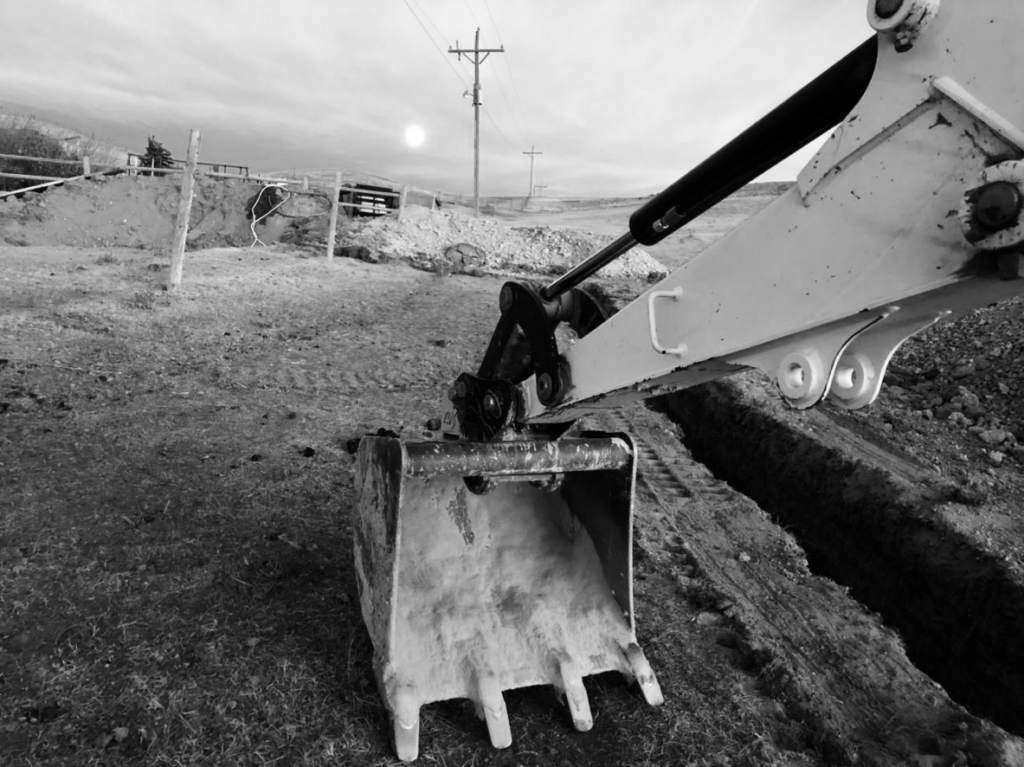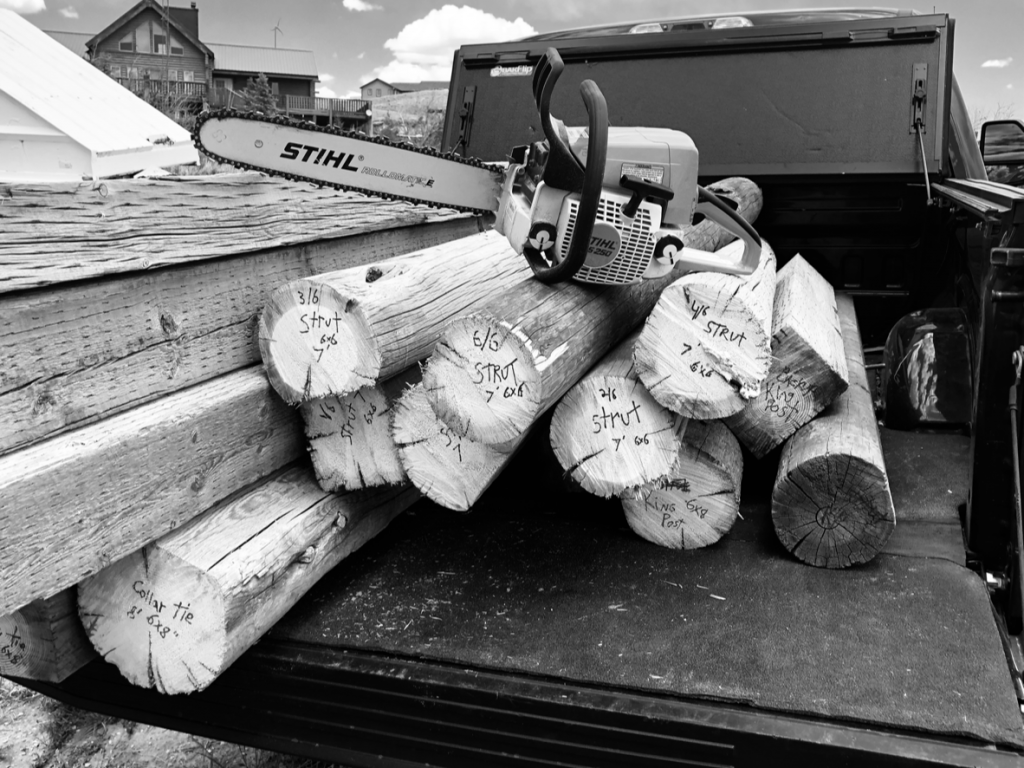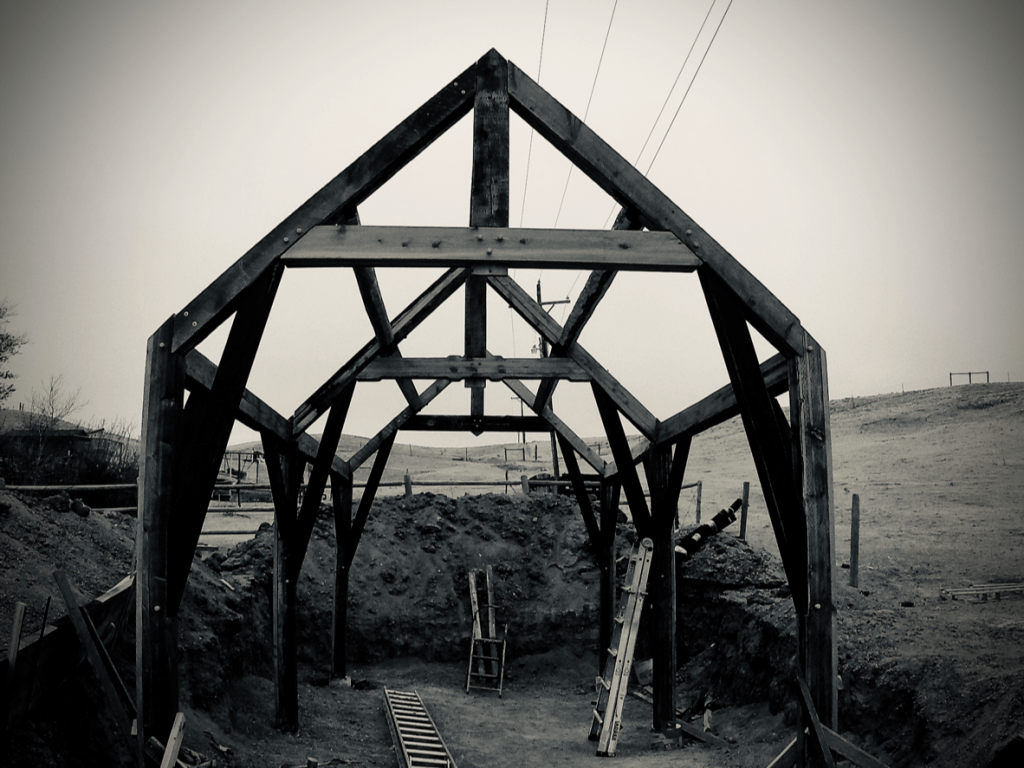Building a Wyoming Geothermal Timber Frame Greenhouse
Welcome to the MOST difficult building project I’ve ever done. This is the beginning of what will soon be a Geothermal Timber Frame Greenhouse. Once it’s completed, I will be able to grow citrus and jungle plants in Wyoming. Who knows, I may even breed jungle panthers! All that’s needed is a stabile temperature around 50 degrees in the winter, and the right soil conditions (also maybe kevlar clothing if the panthers get frisky). I am currently focused on the structure and the temperature systems. I’ll try to explain why I’m doing this crazy thing, and how it will be accomplished.

I enjoy drinking lemon water in the morning, as it’s a great way to keep my body alkaline. It occurred to me that I could get citrus with far better quality if I grew it myself. Also, I want to help my family become less dependent upon grocery stores and long supply chains. In order to grow food year round, I would need a strong, climate controlled structure. I’ve held a fascination with medieval timber construction, and have also been inspired to build something like an old English garden greenhouse. It has been a grueling learning process, but my purpose is what keeps me motivated. A geothermal greenhouse will provide a well appreciated stable food supply even in the cold months.
Inspiration Precedes Perspiration
So how did I learn growing citrus in Wyoming was even theoretically possible? Once I heard of a man who inherited some land about 5,000 feet above sea level in the Austrian Alps named Sepp Holzer. He used permaculture in such a way that he was able to grow citrus trees in the mountains. Holzer, developed an understanding of the ecosystem and learned to mimic nature to help the land produce fruit. Unlike the Alps, nothing much grows on the plains. Grass doesn’t even grow here very well. It’s very dry where I live. When the clouds do bring moisture, it’s in the form of snow and -15degree temperatures. However, we do have a lot of sunshine. This is the number one ingredient in Florida oranges, if the commercials are correct. So instead of complaining about not being able to grow things easily, I took an extreme right turn and decided to create a way to grow just about anything.

Prepare the Battlefield
The first obstacle to building the greenhouse was the terrain. We live on a hill and needed to dig into the side of it in order to create a level area for the greenhouse. In doing this, we create about a 10ft earth wall at one end of the greenhouse. The earth will be lined with black rubber sheeting that will absorb the heat from the sun and warm the earth behind it. The stored heat will warm the greenhouse during the cold nights.
Additionally, I dug a 175ft long trench at a depth of 8ft. In the bottom of the trench I buried three corrugated plastic tubes that will be used to circulate air. The air at 8ft below the surface has a stable temperature at about 54 degrees Fahrenheit. This air will help warm the greenhouse in the winter, and cool it in the summer. For good measure, I also plan to circulate air between two layers of plastic sheeting. The constant airflow will warm the walls facing the freezing outside temperatures. With these systems combined, I hope to keep the temperature inside the greenhouse at around 50 degrees Fahrenheit even when the windchill outside is -20degrees F.

Improvise, Adapt, and Overcome
Normally, when you build a timber frame structure, you get the correct size timber from a mill. However, I don’t have such a timber mill nearby. From day one, I was inventing ways to combine found materials to fulfill my timber needs. By the grace of God, my neighbor never throws away anything. I literally used a baby boomer’s scraps to build this project. Working day and night, I glued, bolted, and strapped boards together. Then, after the glue dried, I fired up the chainsaw and carefully rip-cut the new beams down to make my own 6×8’s.
There is still much work to do. I have finally finished measuring, cutting, and assembling the timber structure. This was the bulk of the heavy labor.
The video linked in this article will describe a little more in detail what I have done so far. I hope this will inspire you to grow and build your way out of Babylon. You don’t need to go to the extreme lengths that I have. Just build your families and communities. Shorten your supply chains every chance you get. Work to get out of debt. These are all primary goals I hope we all will accomplish and make a reality in our lives. If we continue to focus on these, we will begin to see a level of prosperity outside the system that will bless those around us for generations.

This is OUR new age. We’re not talking yoga mats, man buns, and trying to channel Elvis. Our new age is full of family, friends, love, faith, and hope. Onward.




